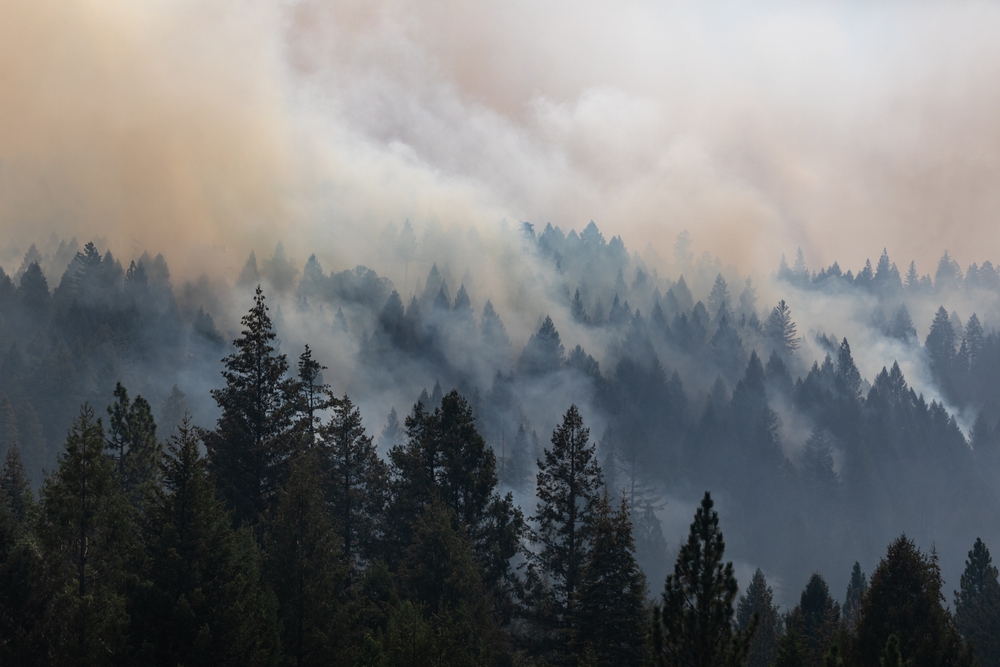The Oregon Occupational Safety and Health Division (Oregon OSHA) recently announced new permanent workplace safety and health standards for heat and wildfire smoke exposures. Oregon rules for heat illness prevention and agricultural labor housing take effect June 15. The wildfire smoke protection standard takes effect July 1.
“As we enter what we expect will be another hot and dry summer, all workers, including Oregon’s hard-working agricultural and farmworkers, deserve health and safety protections from extreme heat and wildfire smoke,” Governor Kate Brown said in a statement.
The heat illness prevention standard applies when the heat index is equal to or higher than 80 degrees Fahrenheit (F). Requirements include access to shade and drinking water, scheduled rest breaks, training, and acclimatization and emergency medical plans. Oregon employers also must implement high-heat practices when engineering and administrative controls cannot reduce employee exposures to a heat index of lower than 90 degrees F. High-heat practices include a mandatory buddy system, regular communication with employees working alone, and procedures for calling emergency medical services to treat heat illnesses.
The wildfire smoke standard applies when the ambient air concentration for fine particulate matter (PM2.5) is at or above 35.5 micrograms per cubic meter (μg/m3) (an Air Quality Index (AQI) value of 101 for PM2.5). The AQI, developed by the EPA, is an indicator of overall air quality based on pollutants regulated under the Clean Air Act.
Oregon employers must perform exposure assessments and provide employee information and training that cover symptoms of wildfire smoke exposure and the acute and chronic health effects of wildfire smoke, implement engineering and administrative controls to reduce exposures, and provide filtering facepiece respirators (FFRs) at no cost to employees.
Respirator use is required whenever employee exposure to PM2.5 is at or above 500.4 μg/m3 (AQI 501). During mandatory respirator use, employers must comply with all the requirements of the state’s respiratory protection program standard.
The heat and wildfire smoke rules build on emergency temporary regulations adopted in summer 2021.
Oregon OSHA, part of the Oregon Department of Consumer and Business Services (DCBS), now has adopted permanent standards, which were proposed in February.
The rule proposals followed a development process that included worker and community stakeholder listening sessions, input and review by rule advisory committees, and input from employer and labor stakeholders, according to Oregon OSHA.
The Oregon heat and wildfire smoke rules were developed as part of an Executive Order issued by Brown in March 2020 to address the effects of climate change.
There are similar federal efforts. On September 20, 2021, the White House announced interagency efforts to address the effects of excessive heat, including Occupational Safety and Health Administration (OSHA) enforcement and a rulemaking to establish the first federal standard for heat exposure in indoor and outdoor settings. The agency issued an advance notice of proposed rulemaking on October 27 for a federal heat injury and illness prevention standard. OSHA asked for stakeholder input on effective heat injury and illness prevention programs and controls, both engineering and administrative controls; acclimatization protocols; and monitoring methods.
Federal OSHA currently cites employers under the General Duty Clause of the Occupational Safety and Health Act following investigations of heat-related complaints, fatalities, and hospitalizations. The agency now has a national emphasis program (NEP) of outreach, inspection, and enforcement that was established April 8.

